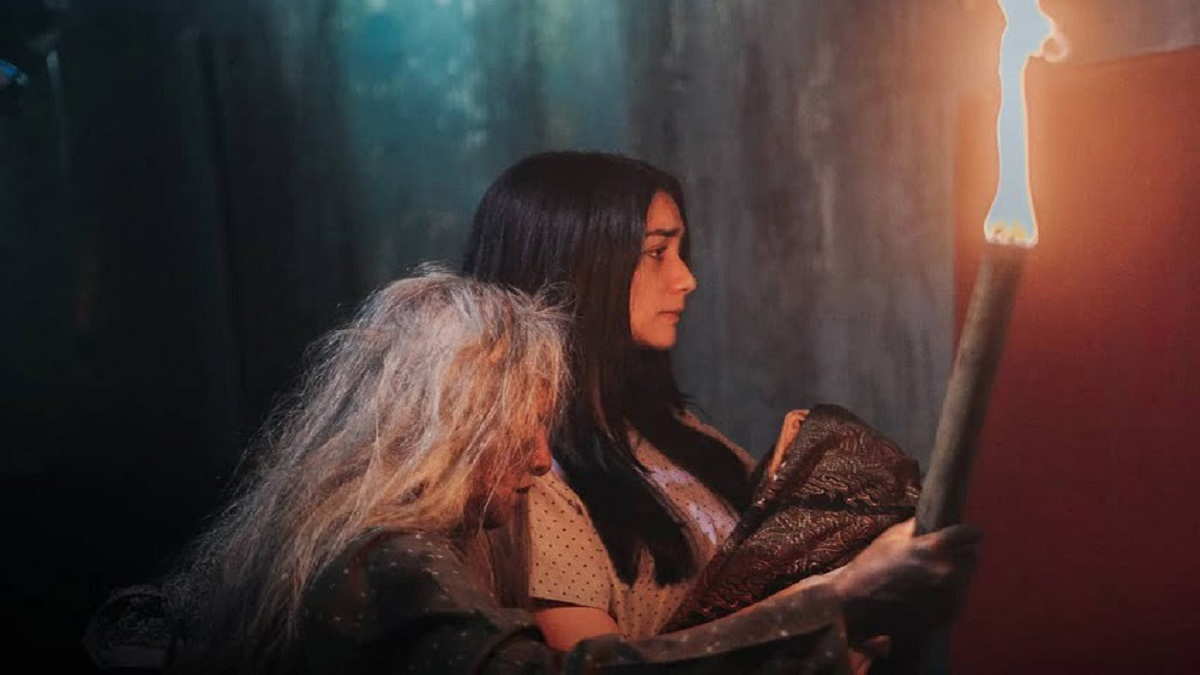Satu Suro – A Chilling Tale of Tradition and Terror
Satu Suro is a 2019 Indonesian horror film directed by Anggy Umbara, blending supernatural folklore with psychological horror. Rooted in traditional Javanese beliefs, particularly the mystical significance of the "Satu Suro" night (the first night of the Javanese calendar year), the film taps into deep cultural fears and taboos, offering an eerie cinematic experience that resonates with local audiences while also intriguing international horror fans.
The story follows Adinda (Citra Kirana), a young pregnant woman, and her husband Bayu (Nino Fernandez) who move into an old, abandoned hospital due to unforeseen circumstances. The hospital, which has a dark and disturbing past, becomes the central setting for the film’s haunting events. On the night of Satu Suro, when spirits are believed to be especially active, strange and terrifying phenomena begin to unfold. Adinda starts experiencing hallucinations, ghostly apparitions, and psychological torment that blur the line between reality and nightmare.
The film’s horror is deeply atmospheric, relying not on excessive jump scares but on building a sense of dread through its setting and sound design. The abandoned hospital is portrayed with unsettling realism—dark corridors, flickering lights, eerie silence—all enhancing the claustrophobic tension. The use of traditional Javanese elements, such as kebaya (traditional dress), shadow puppets, and gamelan music, adds authenticity while reinforcing the cultural roots of the terror.

What sets Satu Suro apart from many contemporary horror films is its exploration of trauma and mental instability. Adinda’s character is portrayed as emotionally vulnerable, not only due to her pregnancy but also because of her connection to a mysterious past. As the story progresses, it becomes increasingly ambiguous whether the horror is truly supernatural or a manifestation of her deteriorating mental state. This psychological angle deepens the narrative, inviting viewers to interpret the events through different lenses.
The performances in Satu Suro are solid, particularly Citra Kirana’s portrayal of a woman caught between sanity and madness. Her fear and desperation feel authentic, making the audience empathize with her character’s plight. The cinematography complements her performance, with tight camera angles and dim lighting that amplify the tension without overexposing the horrors lurking in the shadows.

While Satu Suro doesn't reinvent the horror genre, it effectively incorporates Indonesia’s rich cultural traditions and spiritual beliefs into a modern horror framework. The film also raises questions about belief, fear, and the thin boundary between the real and the mystical. Its ending leaves viewers unsettled, not only because of what happens, but because of what remains unexplained—just like many local myths that are passed down but never fully understood.
In conclusion, Satu Suro is a gripping Indonesian horror film that combines traditional folklore with psychological suspense. With strong performances, a haunting setting, and a culturally rich narrative, it offers a chilling reminder that some nights—especially Satu Suro—are better left undisturbed.
-1752639756-q80.webp)

-1751967446-q80.webp)
